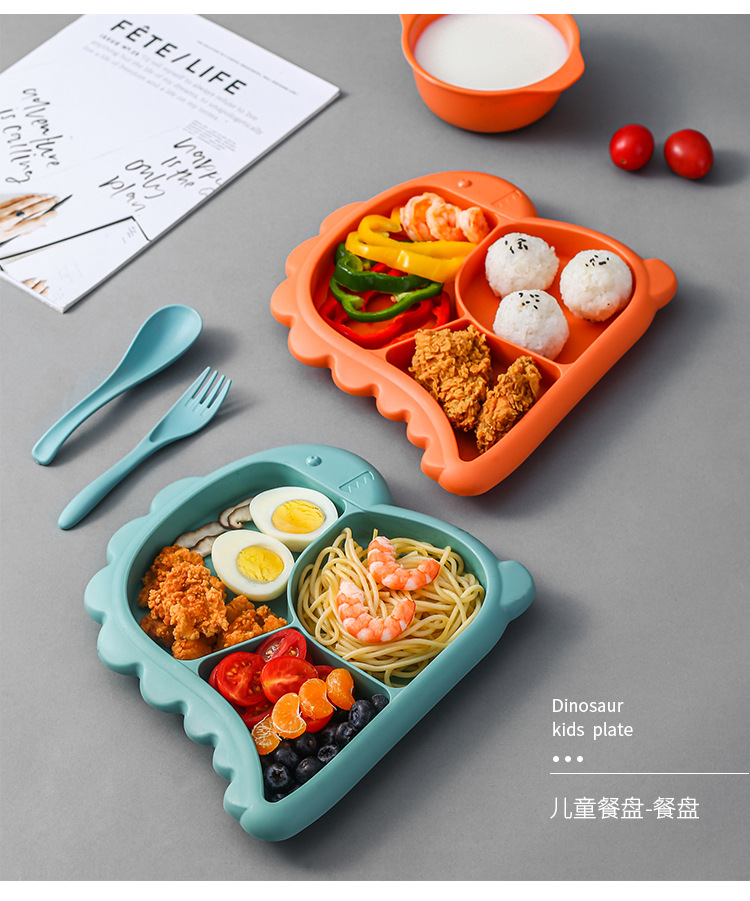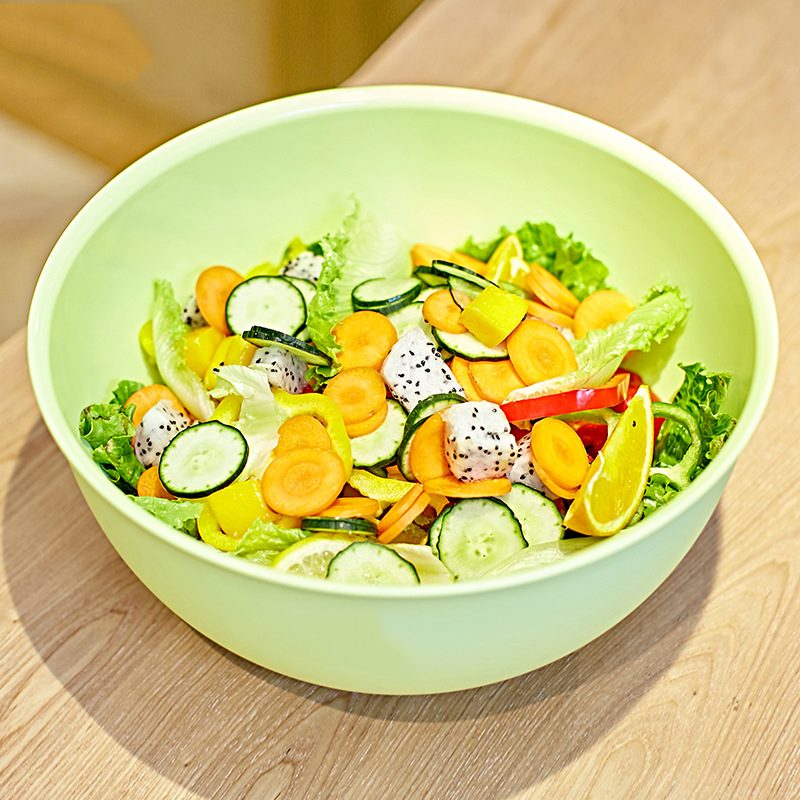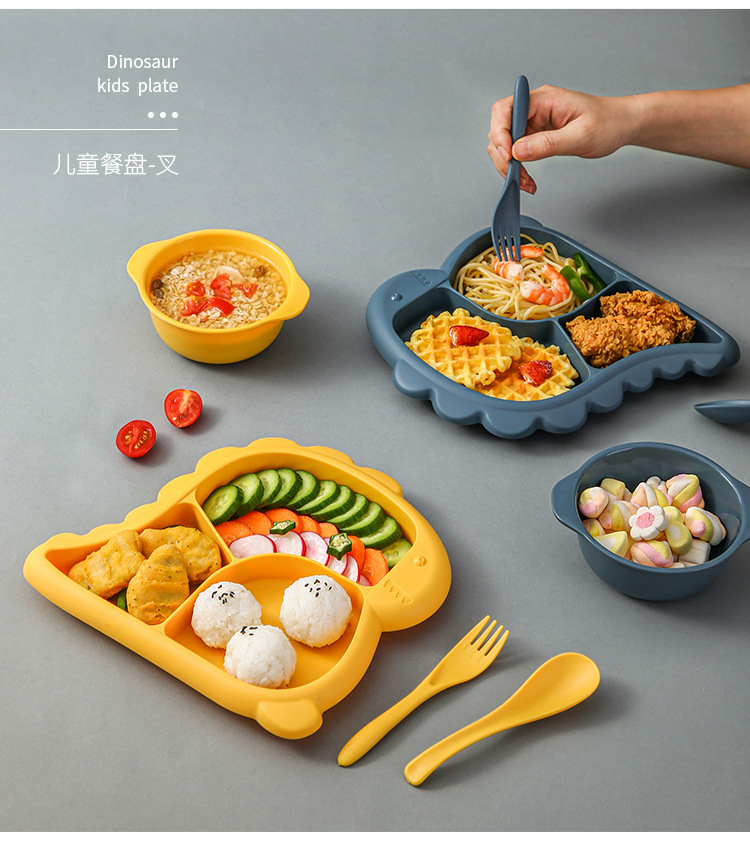As environmental awareness grows, demand for alternatives to traditional disposable plastic tableware continues to rise. PLA (polylactic acid) biodegradable tableware, made from renewable resources like corn and starch, has recently gained popularity in restaurants and takeout, becoming a new bright spot in the green consumer market.
Reporters visited several restaurant companies and found that leading chain brands have already completed a complete switch to PLA tableware. Nayuki’s Tea’s head of sustainability revealed that the brand has fully transitioned to eco-friendly materials for straws, cutlery bags, and other materials since 2021. The brand uses over 30 million sets of PLA tableware annually, reducing the use of non-degradable plastic by 350 tons in 2021 alone by replacing eco-friendly straws. “After switching to PLA tableware, the proportion of positive reviews related to ‘environmentally friendly packaging’ in takeout orders increased to 22%, a 15 percentage point increase.”
On the production side, the PLA tableware industry is driven by both policy and market forces. This year, Guizhou, Beijing, and other cities have intensively implemented upgraded “plastic restrictions,” explicitly requiring a 30% reduction in the consumption of non-degradable tableware in the food and takeout sector in cities at or above the prefecture level by the end of 2025. Facing favorable policies, companies like Hengxin Lifestyle have accelerated production expansion. Its Hainan production base has added three PLA tableware production lines, increasing its total capacity to 26,000 tons/year, capable of producing approximately 600-800 million pieces of tableware annually. Its Thai factory also completed its first shipments in April. Leveraging tariff advantages, its products have entered the US fast food and airline tableware markets, generating a gross profit margin exceeding 31%.
However, some consumers still have concerns about the user experience of PLA tableware. The R&D Director of Biomaterials at Kingfa Technology explained, “Our mass-produced PLA tableware is heat-resistant up to 120°C and, according to third-party testing, can withstand infusions of hot oil and boiling water. It also degrades over 90% in natural soil within six months, ultimately decomposing into carbon dioxide and water, leaving no environmental residue.” Industry insiders predict that, benefiting from technological maturity and cost reductions, the domestic PLA market is expected to exceed 1.8 million tons in 2025, corresponding to a market size of nearly 50 billion yuan. The tableware sector will account for 40% of this, accelerating the disposable tableware industry’s transition to green products.
Post time: Oct-14-2025













